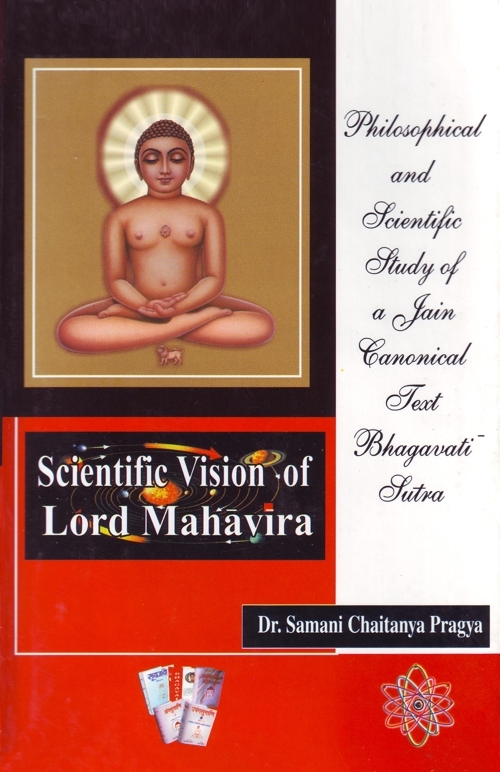The Jain thinkers have used the term Pudgala or pudgalastikaya exactly in the sense of physical substance, which includes both matter and energy. Pudgala is one of the five extended substances. The etymological meaning of the word 'Pudgala' is that it has the property of integration and disintegration or to be attracted and assimilated. The word 'Pudgala' is composed of two parts: 'Pud'+ 'gala'. The first part 'Pud' means fusion or 'to combine' and the second part 'gala' means fission or 'to dissociate'. Hence, the etymological meaning of the word 'Pudgala' is the substance which undergoes modification by combinations and dissociations.[6] In the words of modern science, we can say that what is fissionable and fusionable is Pudgala. This meaning is significant because it is Pudgala that undergoes modifications by fusion and fission. This process of combination and dissociation does not occur in other substances. The use of the word Pudgala in the sense of physical substance is quite peculiar to Jainism. It is meaningful, since it denotes that the process of integration and separation are intrinsic properties of the physical world. Thus, the meaning inherent in the word 'Pudgala' indicates the deep insight of the Jain philosophers into the structure and characteristics of the physical existence.
In Science, the discoveries of immense sources of nuclear energy have thrown the words fission and fusion into popular limelight. But quite apart from this comparatively recent knowledge of the nuclear physics, we can see innumerable instances of both fusion and fission of Pudgala in day to day life. Both are essential whenever energy is released from something, as in the common case of lighting of the matchstick. The cellulose of the match fission into its components of carbon and hydrogen; that again fuse with the oxygen of the air to burn and release the chemical energy. The same thing happens when coal catches fire. The continuous processes of emission and absorption by the radioactive elements are also examples of self-activated 'Pud' and 'gala'i.e. fusion and fission.
The exploration of the sub-atomic world has also revealed the intrinsically dynamic nature of matter. It has revealed that the constituents of atoms, the sub-atomic particles, remain as parts of an inseparable network of interactions. These interactions involve a dynamic interplay in which particles are emitted and absorbed, created and destroyed in continual variations of energy patterns. They give rise to the stable structures that build up the infinite variety of material world. The whole physical universe is, thus, engaged in endless integration and disintegration.[7]
In this way the use of the word Pudgala reveals the profoundness of knowledge of its innovators.
 Dr. Samani Chaitanya Pragya
Dr. Samani Chaitanya Pragya

